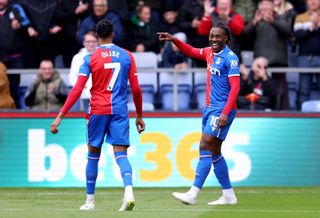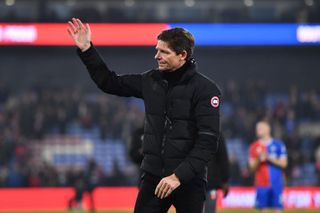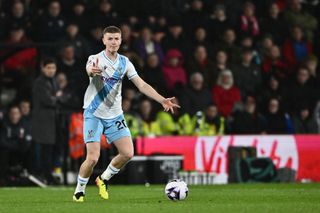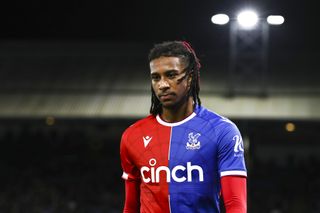Crystal Palace boss Oliver Glasner needed a few games to get his ideas into his side, but those results against the big teams are feeling less and less like one-offs

When Crystal Palace followed that up by thrashing West Ham United 5-2, it was regarded as the latest embarrassment in a dreadful second half of the season for the Hammers. David Moyes’ side had sat pretty in the top six at the turn of the new year before dropping off a cliff post-Hogmanay – a downturn that has now effectively cost the Scot his job.
When Crystal Palace then beat Newcastle United 2-0 three days later, it was another indication that Eddie Howe’s side are still not the finished product. Each couple of steps forward Newcastle took – including a 4-0 win over Tottenham the previous week – invariably followed be an embarrassing step back.

Which is all extremely true. However, it seems that the question of whether Crystal Palace is truly just…good now has gone mostly unanswered.Perhaps they would not have received as much attention as they have if there weren’t compelling stories that have accompanied each of their opponents’ seasons and if the season wasn’t at a point where decisions about league titles, European spots, and relegation battles were being made on a weekly basis—none of which are relevant to Palace.
However, they have really been excellent. Exceptionally good.
Subscribe to FourFourTwo News
Weekly emails with the best features, entertaining activities, and football-related quizzes.After Oliver Glasner arrived, they took a while to arrive. After the departure of steady-away, rather stodgy Roy Hodgson, Sam Cunningham wrote a beautifully detailed piece on the Austrian’s methods for I. The Palace squad had to come to terms with new ideas.
In order to acclimatise his players to their new high-pressing style, Glasner took his team on a warm-weather training trip to Marbella, where he extensively tested them. It is now required of the group to work six days a week, even if one of those days is spent more analysing the game they played the day before than working on fitness.

The results are plain to see. According to FBRef data, since Glasner’s came to the club, Palace are doing a lot more of their defending in the middle of the pitch, rather than at either end of the field. Tackling is only up by 3% overall, but tackles won are up 10%, and tackles in the middle third of the pitch are up 29%.
To emphasise that: prior to Glasner’s arrival, they reached double figures for tackles attempted in the middle third of the field just three times in 24 league games. They have now done it in all of their past four outings, including a whopping 21 in that victory over West Ham. Opposition passes are being blocked or intercepted 25% more often.
Intriguingly, for a high-pressing side, they are also attempting far fewer tackles in the final third, perhaps suggestive of a team that is picking its moments intelligently, rather than blindly chasing the ball wherever it goes.
The effect on their patterns of play have been dramatic. They averaged 1.11 expected goals per game before Glasner’s arrival, conceding 1.48 expected goals per game. Now, those numbers are close to having switched over: 1.43 xG for, 1.18 against.

Of course, strategy isn’t everything. The season has seen nearly constant injury swapping between Palace’s two biggest players, Michael Olise and Eberechi Eze, to the point where they have only really started seven games together. Even with their current improvement in form, the team has only won 11 games this season; five of those seven have been victories, including three straight under Glasner. This is enormous.
Glasner has also benefited from January hires, as Adam Wharton and Daniel Munoz, who joined the team from Genk and Blackburn Rovers, respectively, have both made an impression.
Even with his first transitional period of only one win in his first six games in charge, it is uncommon for a new coach with such fundamentally different principles from his predecessor to come in and have such a noticeable impact on results and performances as fast as this.
Football is a game of ups and downs, and Palace’s recent amazing run of play was tempered with a draw with Fulham.
However, you can only speculate about what they might look like after Glasner has had a whole preseason to oversee them. If they continue to perform as they have, though, they will be much more difficult to ignore.



